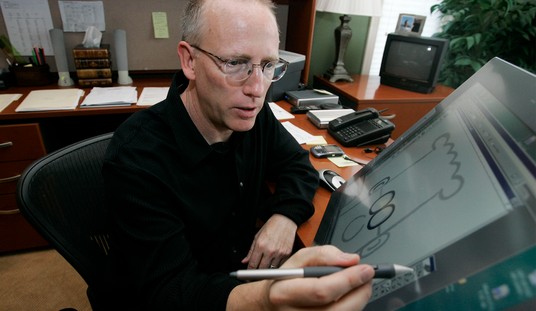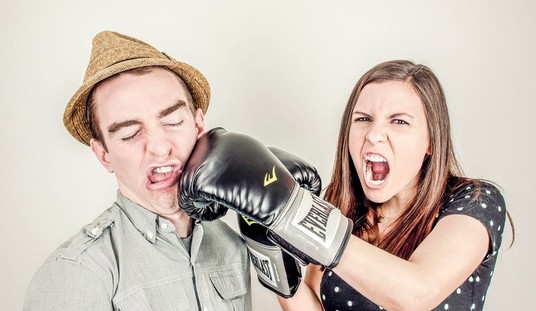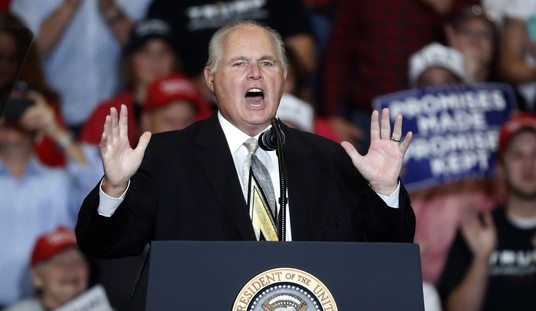One could be forgiven for assuming, at face value, that EatingWell is in the business of telling visitors how they might go about eating well.
But we shan’t judge a book by its cover, as the dispensed wisdom goes.
We can be sure that the author of this ditty, Allison Knott, M.S., RDN, CSSD, and the dietician who reviewed it, Jessica Ball, M.S., RD, are offering crack-expert advice by virtue of the number of credentials behind their names.
According to them, popcorn and pasta are ideal dietary staples for losing visceral fat (belly fat).
Related: ‘Lab-Grown’ Meat Increases Blood Pressure, Inflammation, Depression: Study
From “6 ‘Bad Foods’ You Should Eat to Lose Visceral Fat, According to Dietitians” via EatingWell (emphasis added):
Popcorn may not be top of mind when considering foods that aid in visceral fat loss, but compared to other popular snacks, popcorn can be an excellent choice. “One serving (about 3 cups) of plain popcorn contains approximately 4 grams of fiber, 22 grams of carbohydrates and 110 calories,” says Danielle Townsend, RDN. “Compare that to 3 cups of potato chips (approximately 30 chips) which contain 1 gram of fiber, 23 grams of carbohydrates and 225 calories.”
These nutrient differences can have a significant impact when following a diet for weight and fat loss. “Foods lower in carbs and higher in fiber are associated with healthy weight loss and reduction of visceral and subcutaneous fat,” says Townsend. Popcorn is both higher in fiber and lower in calories than potato chips*, making it a good choice if you’re looking for a crunchy snack while following a diet for weight loss.
*Comparing the relative nutritional merits of popcorn and potato chips is like comparing opium to fentanyl — yes, one is clearly more lethal than the other, but why should “none of the above” not be the optimal option?
Related: Are Cheerios Chemically Castrating the American Public?
Via Food Republic (emphasis added):
Workers at microwave popcorn plants began reporting negative effects on their respiratory health around 2000, with some falling so ill that they required lung transplants. Studies later showed that the vapors given off by diacetyl were causing serious respiratory tract damage and obstruction, giving workers a condition called obliterative bronchiolitis. This illness became colloquially known as "popcorn lung."
By 2004, the National Institute for Occupational Safety & Health (NIOSH) released guidelines for working with diacetyl, including recommendations for respirator use, increased ventilation in workspaces, routine breathing tests, and limits for exposure… government agencies like the NIOSH, Centers for Disease Control and Prevention (CDC), and Food and Drug Administration (FDA) still allow diacetyl to be used in food items in the U.S.
In addition to diacetyl, most commercial popcorns also contain artificial coloring and vegetable oils — putting aside the fact that it’s mostly carbs.
But whatever.
The real nonsense comes with the pasta recommendation:
Pasta is often one of the first foods many people avoid when attempting to lose weight or change their body composition. However, pasta and grains in general (specifically whole grains) can be an important source of fiber in the diet, which helps to increase satiety after meals. Daria Zajac, RD, LDN, recommends choosing a type of pasta that’s higher in fiber. “Opt to choose whole-grain or legume-based pastas to increase your fiber intake to support a healthy gut and to stay fuller longer,” she says. “The key is to choose heart-healthy carbs like whole grains, nonstarchy vegetables and fruits to promote health and long-term weight loss.”
If one is metabolically fit, especially if there is some physical activity in the works immediately following the meal when significant amounts of energy will be expended, like a long walk, a nice bowl of pasta might not be a terrible idea. After all, the Italians have been consuming it for time immemorial, and, on the whole, they’re a lot healthier than Americans. (There is a compelling argument that the wheat used in European pasta is superior to that produced by American food giants, but that’s a story for another time.)
But if an individual is obese and eating specifically to lose weight, which we can assume anyone who reads this article looking for dietary advice is, massive amounts of carbs dumped into their bloodstream is exactly the opposite of what one should be doing.
This is especially true if said individual is insulin resistant or otherwise metabolically compromised, as almost everyone who has excess belly fat is. The optimal diet — again, the inverse of what these people recommend — would be heavy on healthy fats and fiber and very low on carbs, possibly even ketogenic.
But what do I know? I don’t have any acronyms behind my name.










